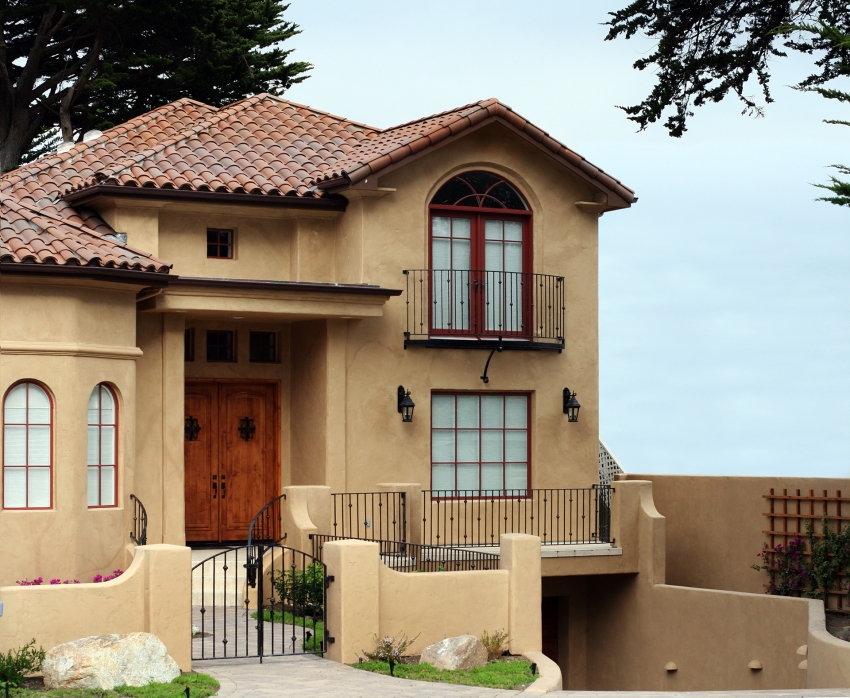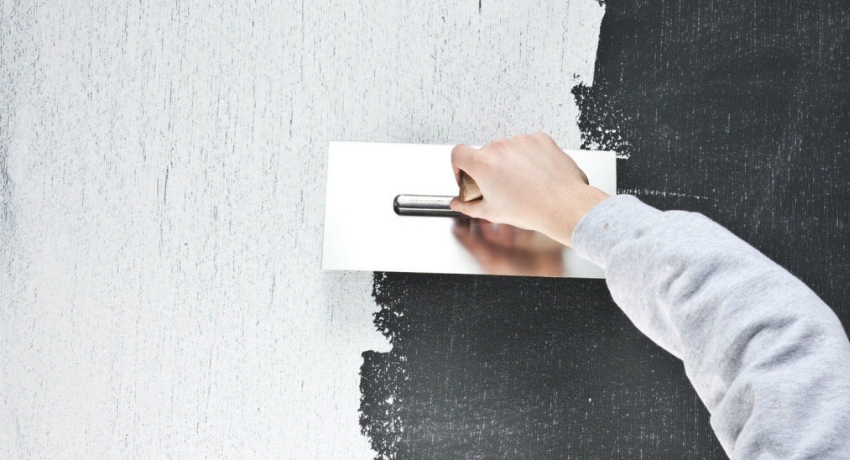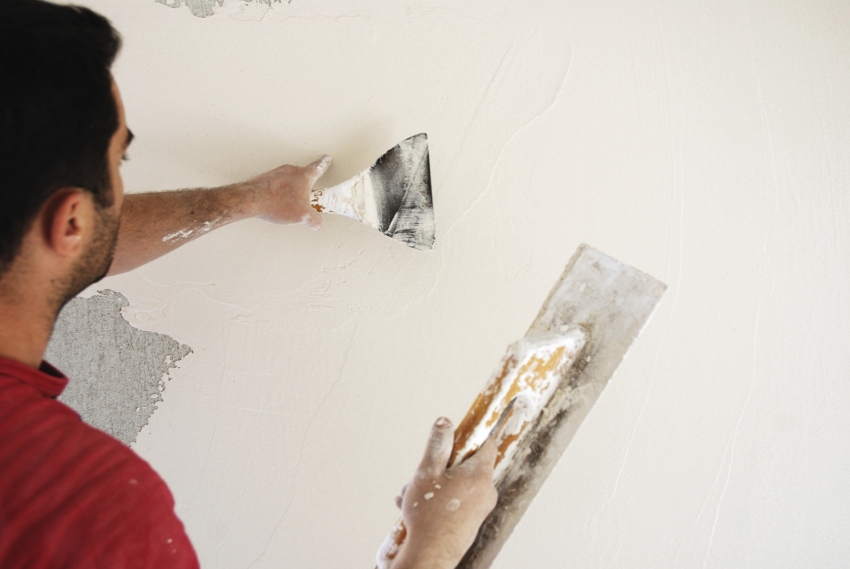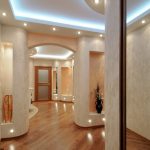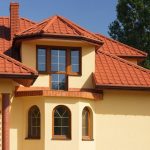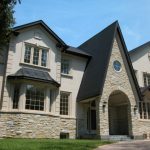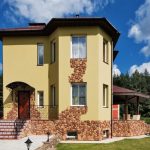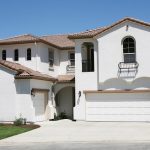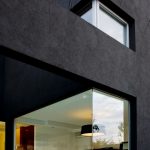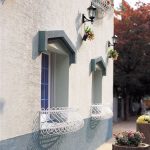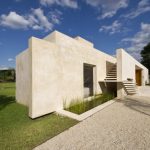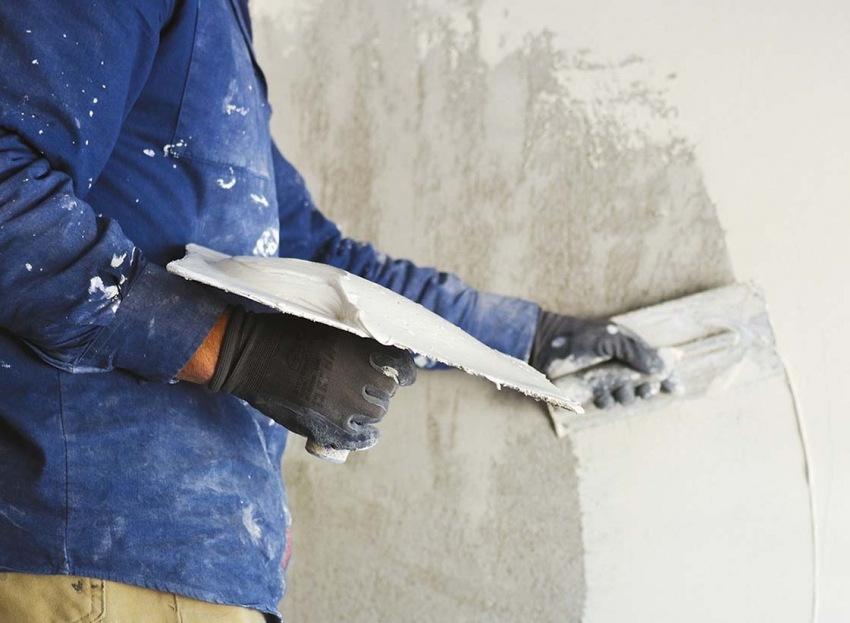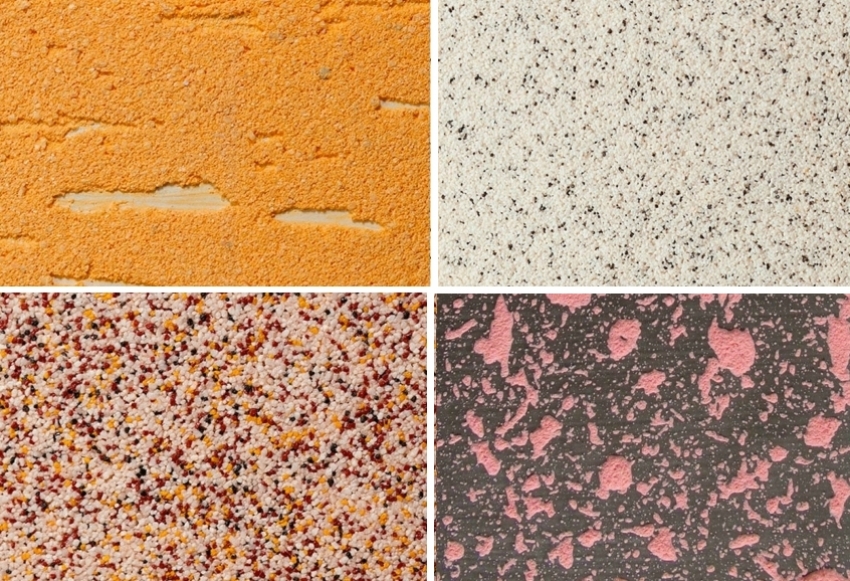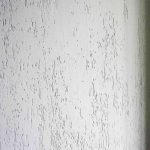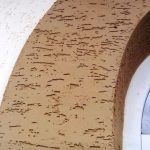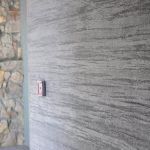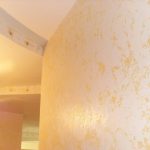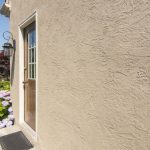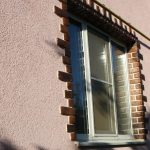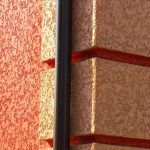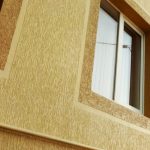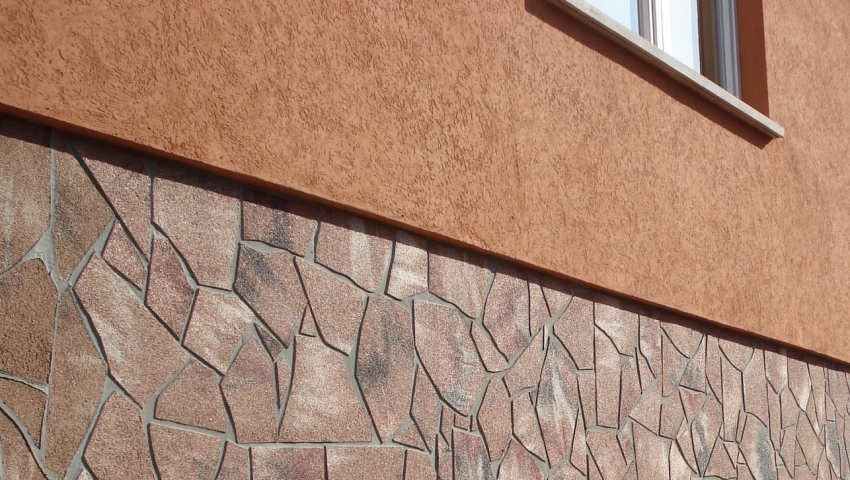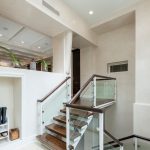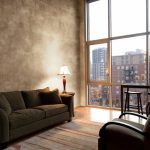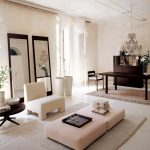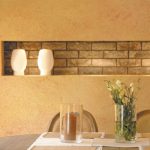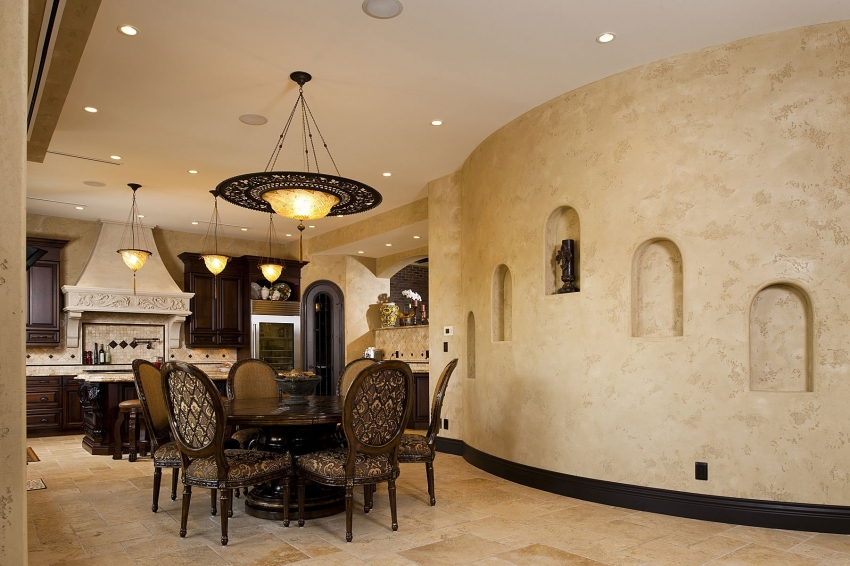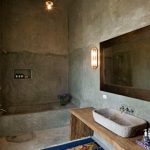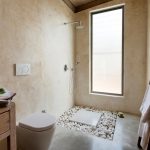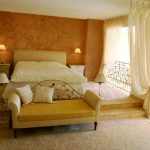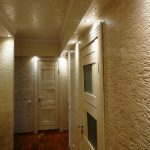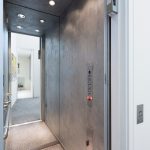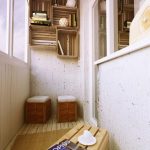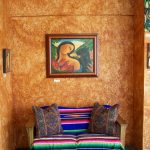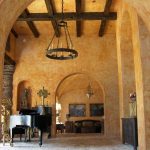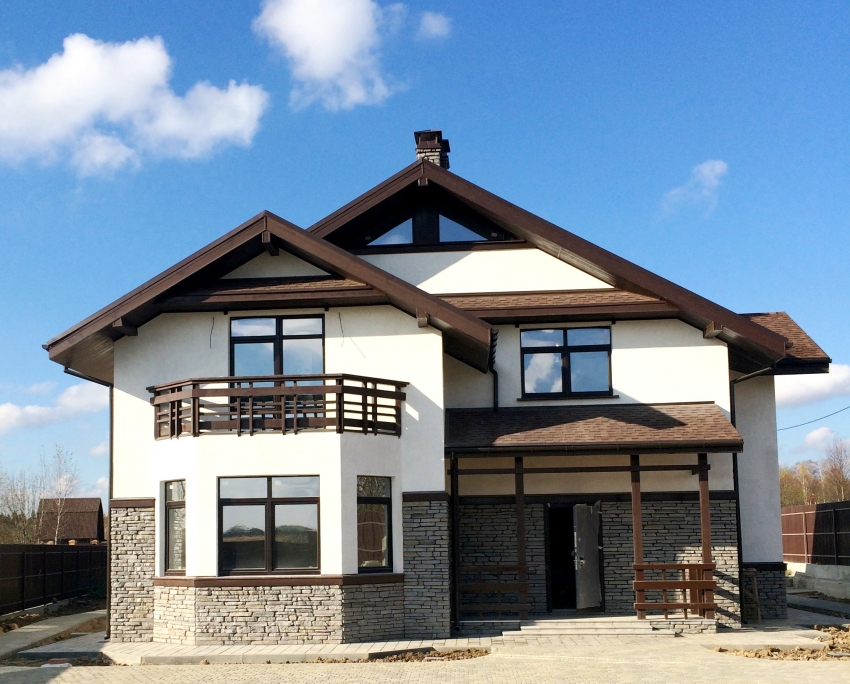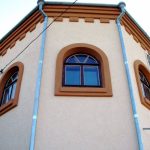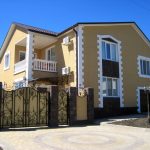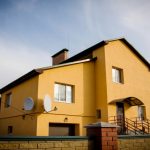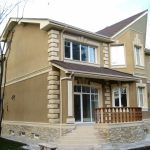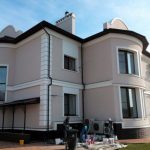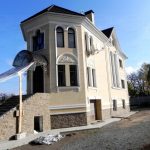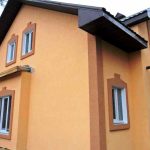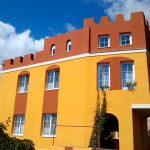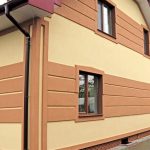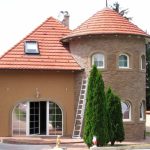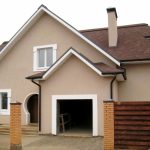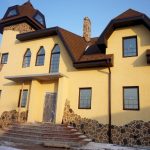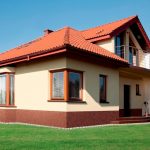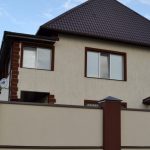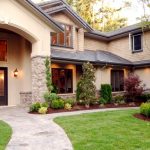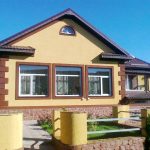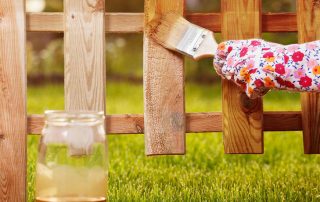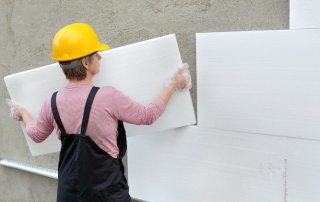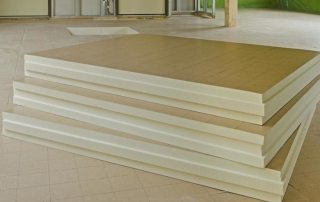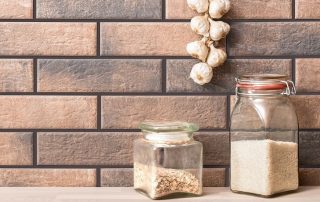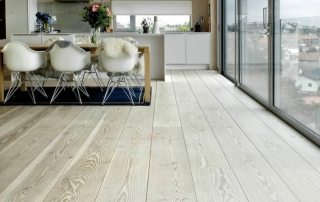Textured plaster "bark beetle": photos clearly reflect this, is today one of the most popular and demanded facing materials, which is easy to apply and is able to create not only a beautiful coating, but also protect the base from negative environmental influences and mechanical damage. You can learn more about this versatile material in this article.
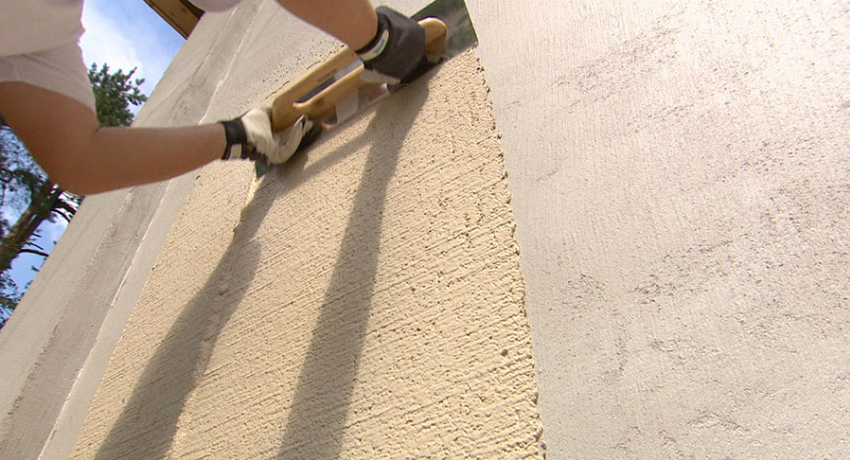
Textured plaster "bark beetle" is used to create a reliable and beautiful coating both for the facade of the building and for interior wall decoration
Content
- 1 Plaster "bark beetle": photo examples and description of the composition
- 2 Distinctive features of plaster "bark beetle"
- 3 Types of decorative textured plaster for walls. Photo examples of finishing
- 4 Decorative plaster "bark beetle". Material price and work cost
- 5 Where can textured bark beetle plaster be used?
- 6 Facing surfaces with plaster "bark beetle". Slideshow video
Plaster "bark beetle": photo examples and description of the composition
The material got its name due to the fact that it creates a surface that resembles the structure of a tree, eaten by the larvae of a bark beetle. The surface of the plaster has a grooved structure. These furrows have different directions, sizes, depths, lengths and accuracy.
Plaster consists of two fractions: fine, in the form of filler, and coarse - granules. The granules are round stones of approximately the same size. They determine the width of the grooves, the layer thickness and the consumption of the bark beetle plaster. The number of granules in the material determines the accuracy of the pattern.
The principle of applying plaster "bark beetle", the video clearly displays the sequence of actions, is as follows: when a material with a thickness approximately equal to the size of the coarse fraction is applied to a flat surface using a metal spatula, these same granules begin to push the filler apart, creating furrows. You can make the pellets move horizontally, vertically, crosswise or in a circle using a rectangular plastic trowel. This is how a pattern is formed that resembles wood eaten by bark beetles.
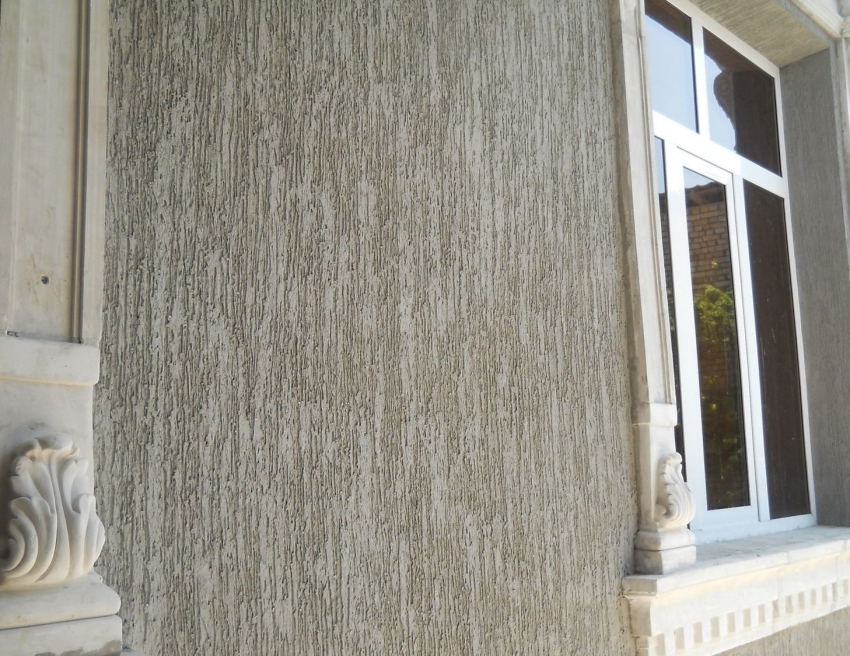
Texture "Bark beetle" created by applying several layers of plaster and a special tool - a plastic grinding float
When applying decorative plaster "bark beetle" to the surface, do not press too much on the trowel, because the longer and more carefully the material is rolled, the less noticeable the characteristic pattern will be.In this case, the surface will become glossy, as when using Venetian plaster in the interior of a house, a photo of which displays this effect on the surface of the walls.
Useful advice!The material should not be laid in a too thick layer, which will cause cracks to appear on the surface soon.
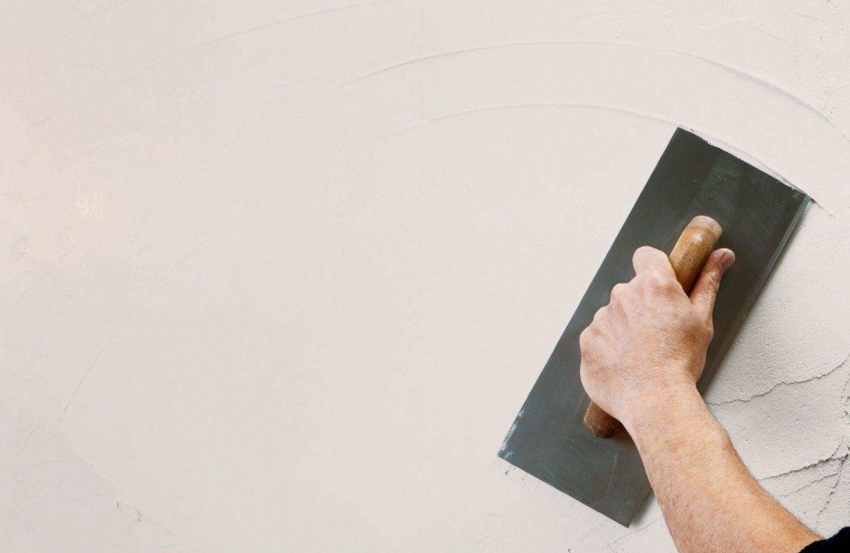
In order to prepare the surface for the "bark beetle", it is necessary to apply a base layer of plaster and let it dry
The bark beetle plaster contains granules of a certain size, which determines the marking of the material. The size of the fractions can be from 0.8 to 3.5 mm. Based on this, you can determine for which work this mixture is suitable. For example, if the label K20 is indicated on the package, this means that there are granules with a size of 2 mm.
The finest-grained plasters with a particle size of 0.8 to 1.5 mm are suitable for interior decoration of premises, and material with coarse fractions from 2 to 3.5 mm is used for facade plastering. Photo examples clearly show the resulting textured effect.
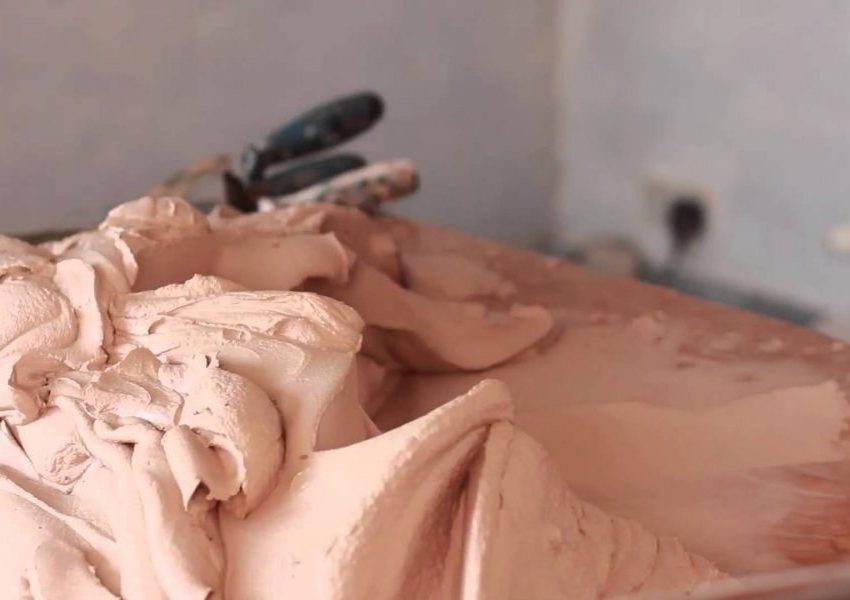
In order for the surface of the "bark beetle" to be durable and have a presentable appearance, it is necessary to knead the mixture for plaster correctly or purchase a ready-made composition from the manufacturer
The size of the granules affects the depth of the furrows in the finish and the consumption per 1 m2 of plaster "bark beetle". Thus, compositions with larger fractions have a higher consumption than with small inclusions. Plaster with granules of 2 mm requires 2.5 kg per 1 m². While the consumption of material with granules of 0.8 mm is about 1.8 kg per m².
It is worth considering that the price for a bag of "bark beetle" plaster with smaller fractions will be much higher. This is due to the complexity of the grain filtration technology.
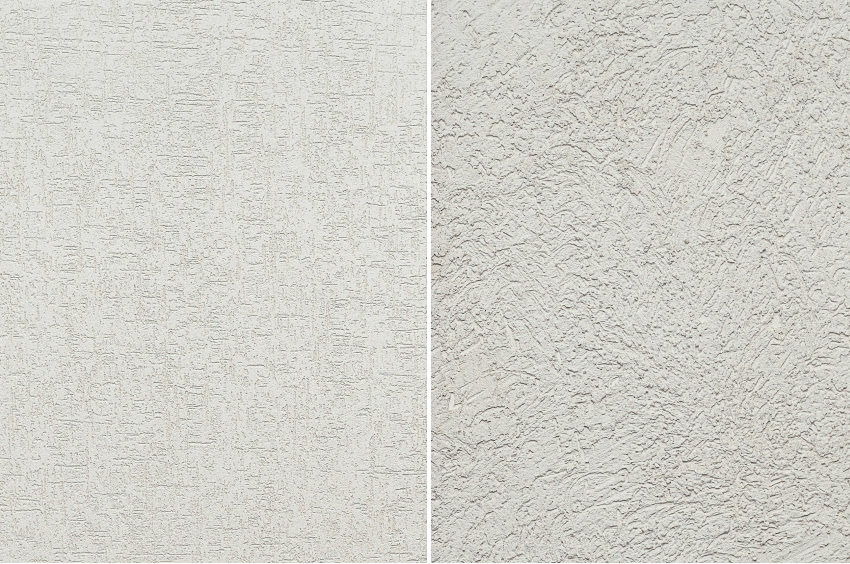
Depending on the force of pressing the grater on the surface, you can get a different texture and depth of grooves.
Distinctive features of plaster "bark beetle"
The advantages of this facing material are:
- the possibility of using plaster "bark beetle", photos of facades and premises inside the building clearly reflect this, for external and internal decoration;
- high viscosity and good adhesion of the material to the base, due to the presence of mineral additives and polymeric materials in the mixture;
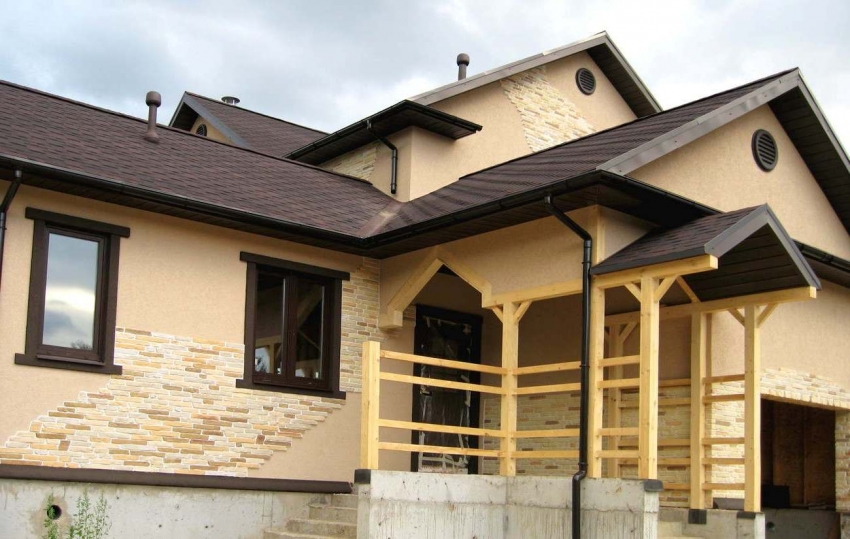
Textured plaster "bark beetle" is beautifully combined both in combination with clinker tiles and with natural or artificial stone
- environmental safety of the material;
- small weight of the surface formed by the facing material, which does not create additional stress on the wall and foundation;
- has increased resistance to mechanical stress;
- the material does not shrink during solidification, which excludes its cracking;
- has increased frost resistance, is able to withstand temperatures up to -55 ° С;
- the material is resistant to UV exposure and the influence of atmospheric precipitation;
- able to withstand the effects of an aggressive environment;
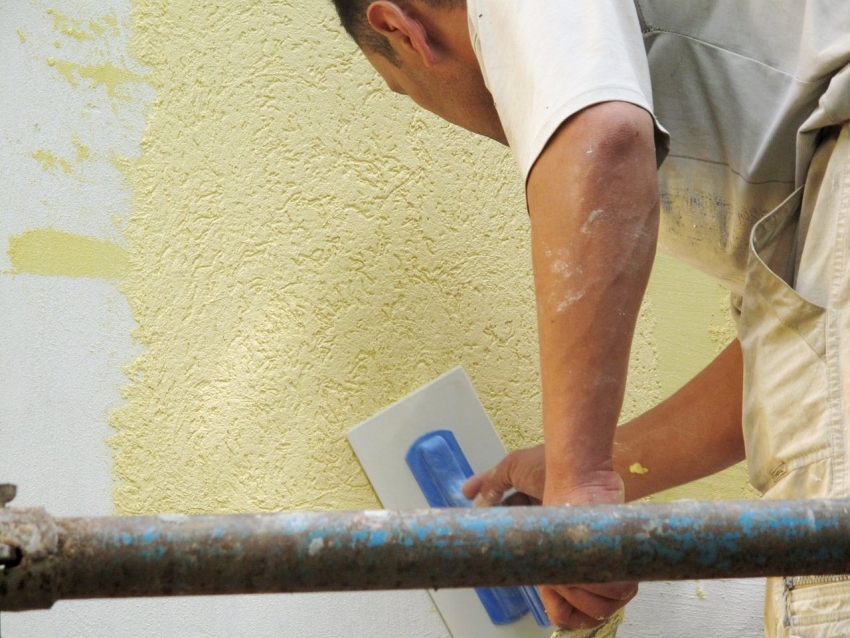
If you do not have the necessary skills for applying plaster, it is better to entrust the application of "bark beetle" to specialists
- has good vapor permeability, which allows the walls to "breathe" and prevents the formation of mildew and mold on the surface;
- the possibility of easy staining with various paint compositions;
- long period of operation without losing its original appearance;
- it fits well on brick, concrete, chipboard, gypsum plasterboards, sandwich panels and polystyrene boards, but requires the creation of a base layer based on cement or gypsum plaster;
- affordable price.
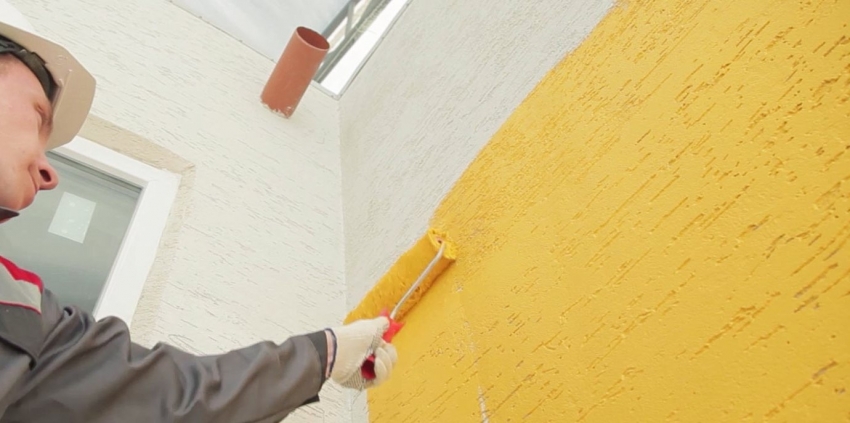
Decorative plaster "bark beetle" is easy to paint, which is very convenient if there is a need for frequent surface renewal
Important! It is not recommended to apply bark beetle plaster to wood, metal, plastic or glass surfaces.
Types of decorative textured plaster for walls. Photo examples of finishing
Bark beetle plaster can be made on a polymer or mineral basis.Polymer compositions can be acrylic or silicate.
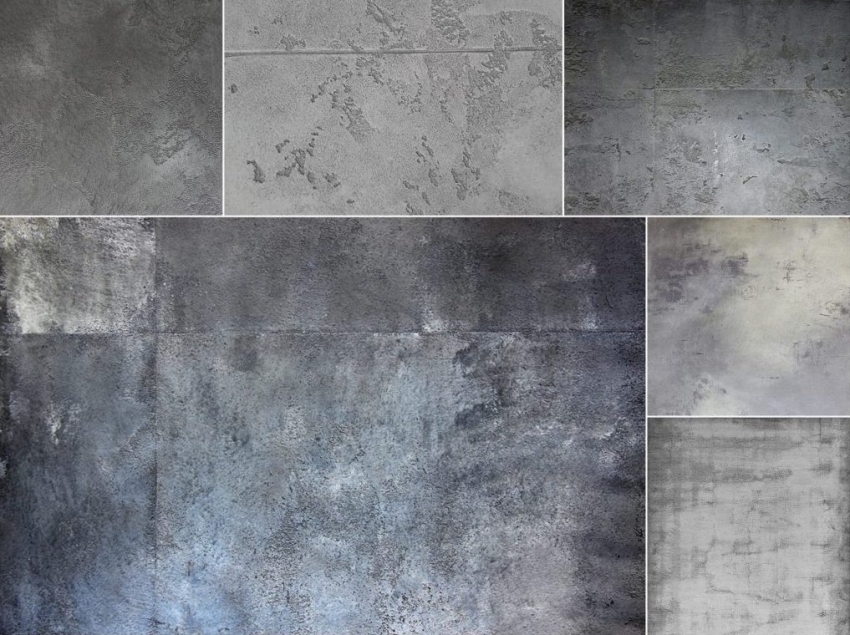
Composition for plaster "bark beetle" may have additional additives in the form of mother-of-pearl or reflective particles
The acrylic-based mixture has good adhesion and increased moisture resistance. Therefore, acrylic textured plaster, photos of successful design solutions clearly reflect this, is widely used for cladding rooms with high humidity: showers, bathrooms, swimming pools. This material has good elasticity, hydrophobic and moisture resistant properties, as well as high adhesion to any substrate. It is tinted in mass, which allows you to choose the most suitable color and create an effective and durable surface.
Related article:
Technology of applying plaster "bark beetle": features and stages of work
Features of the implementation of external and internal decoration. Material application methods. Options for creating a characteristic pattern.
The main disadvantages of the material are considered to be low vapor permeability, which makes the use of acrylic plaster advisable only for non-breathable surfaces. In addition, this coating is fire hazardous.
Silicate plaster "bark beetle" has good vapor permeability, water-repellent, hydrophobic and protective properties. The material has good adhesion to mineral substrates, where it creates a crack-resistant coating. The plaster is easily tinted and presented in a variety of colors and shades, which allows you to create a presentable and unique surface. This is proved by the photos of the plastering of the facades of private houses and interiors.
The high cost can be distinguished from the disadvantages of the material. Also, before carrying out work, it is necessary to prime the surface using a silicate mixture. Silicate plaster sets very quickly, so all tiling work should be done very quickly.
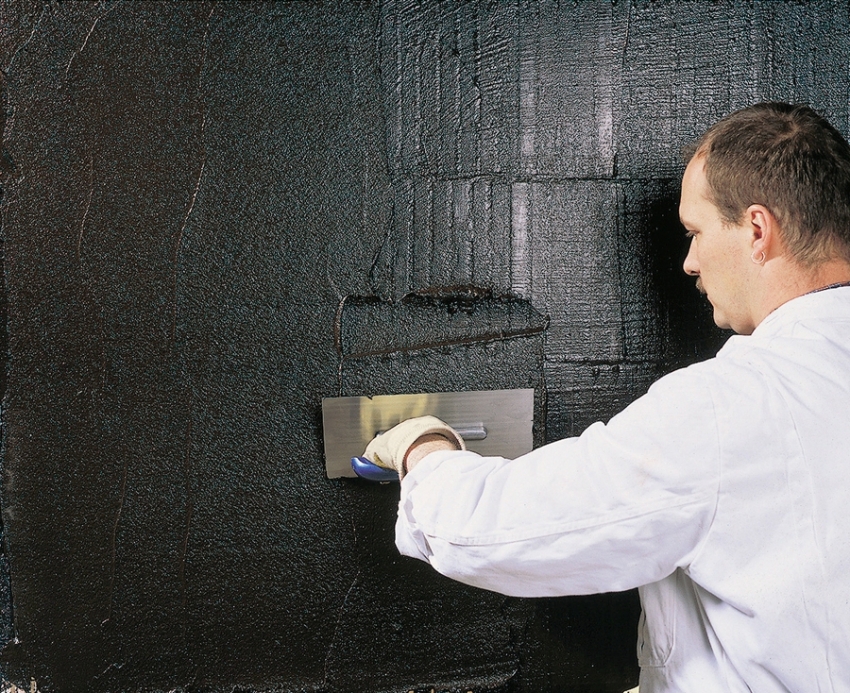
To obtain a rich color of the plaster "bark beetle", you must either paint the surface after finishing, or purchase a ready-made mixture with the addition of color
Important! To obtain the desired color when tinting the composition, the mixture and tinting material must be from the same manufacturer.
Mineral plaster consists of a mixture of cement and quartz chips. It has high vapor permeability, fire resistance and frost resistance, which makes it an indispensable material for decorating a house outside. Decorative plaster "bark beetle", photos clearly demonstrate this, can be applied in several ways, is capable of creating a complete and noble look of the building. However, the material cannot be tinted in a ready-made solution, which implies additional work on painting the finished base.
Which plaster is better? Features of popular formulations
Depending on the type of textured mixture for plaster walls "bark beetle", there are distinctive features of the technology of applying the material to the surface. The mineral mixture requires minimal plastering skills, and it is better to entrust the application of polymer plaster to a professional, since it is much more difficult to work with these mixtures, which requires some experience.
Polymeric decorative plaster on the walls, photos clearly confirm this, looks much more aesthetically pleasing and more attractive than simple mineral plaster. It is sold as a ready-to-use solution that is completely applicable. It is only necessary to tint the material with paint of the desired color.
Mineral plaster is produced in the form of a dry powder in bags, which requires the preparation of a working solution, but its cost is much lower than acrylic.Another indisputable advantage of the polymer mixture over the heavy mineral composition is the relatively low consumption of the bark beetle plaster, which is about 3.2 kg per m². While mineral material will need about 4.5-5 kg per m². They also do not require subsequent painting of the finished surface, which reduces the time of work.
Polymeric plaster is more elastic, which eliminates the occurrence of cracks during thermal expansion of the material and shrinkage of the building. The mineral mixture is not flexible enough, so it is best to apply it after the building has shrunk.
Useful advice! To exclude the appearance of bubbles and delamination on the facing surface, polymer plaster "bark beetle" should be applied to a completely dry base.
Polymer compounds are more durable and resistant to any type of mechanical damage and the nature of pollution. However, the cost of the material is much higher than that of the mineral analogue.
Decorative plaster "bark beetle". Material price and work cost
The cost of plaster "bark beetle" depends on certain factors:
- type of material: dry or ready-made, polymer or mineral;
- type of mixture: for indoor or outdoor use;
- the size of the filler granules;
- country of manufacture.
The price of liquid plasters for walls, photos clearly reflect the appearance of the material, will be higher than that of dry mixtures. So, for example, a bag of mineral plaster will cost 430 rubles, and you will have to pay at least 500 rubles for the finished mixture.
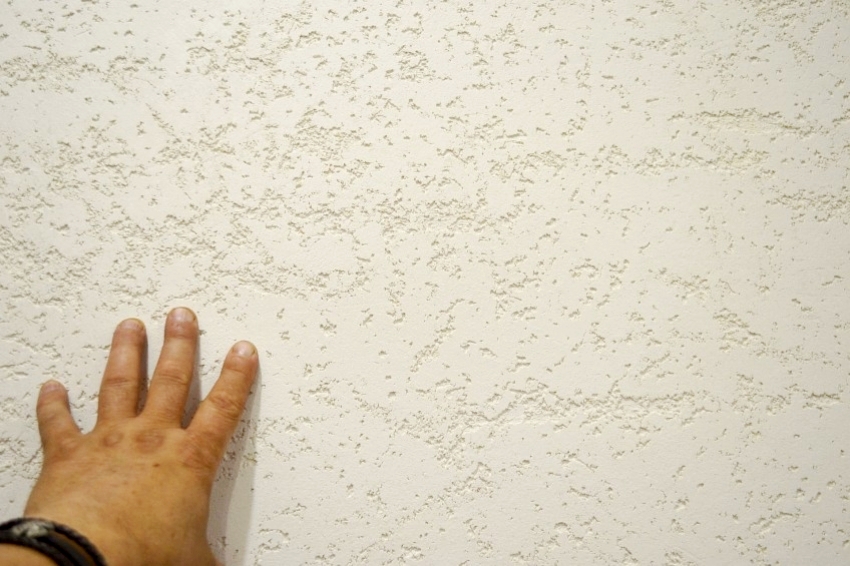
Bark beetle plaster is used not only for finishing the facades of the building. but also for decorating walls in the kitchen, corridor and even the ceiling
Among the well-known manufacturers of textured plaster "bark beetle" are the companies Ceresit, "Baumit" Kreisel, Bergauf, Knauf, "Bolars" and "Dufa".
The cost of decorative plaster "Bolars" of a domestic manufacturer is about 390 rubles. per bag. While the German mixture "Kryser" or "Ceresit" of the same weight will cost 450-700 rubles. per bag.
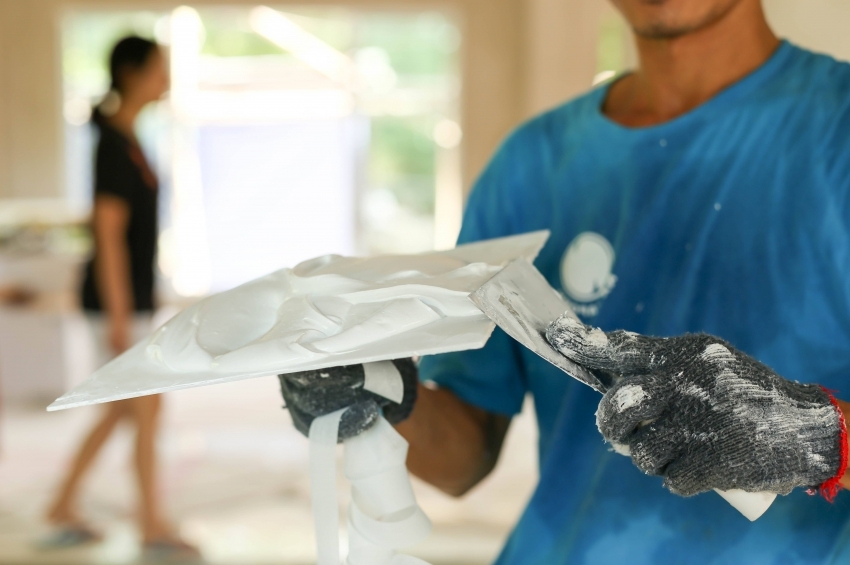
High-quality formulations from well-known manufacturers allow you to obtain a reliable coating that meets all quality and safety standards
The material that is used for outdoor finishing works is subject to increased requirements for quality and strength. therefore facade plaster will cost more, starting from 550 rubles. per bag. While for interior work you can buy decorative plaster "bark beetle" for only 400 rubles / bag.
You can also make your own bark beetle plaster from dry ingredients. The manufacturing process itself is simple, but the difficulty lies in strict adherence to proportions, which is not always possible to do at home. Therefore, it is better to purchase a ready-made dry composition from the manufacturer.
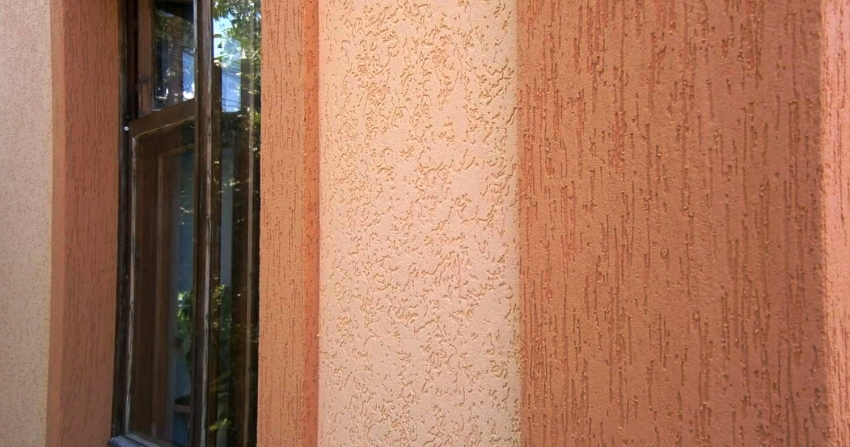
For the decoration of the facades of the building, two-color compositions of plaster "bark beetle" are often used
Today, many construction organizations offer their services for the cladding of internal structures and external surfaces of the building with plaster "bark beetle". The price of work per m2 depends on the labor intensity, the area of the base, the availability of preparatory measures, the type of facing material and the technology of its application.
If it is necessary to carry out a simple finishing of the facade of the building with plaster "bark beetle", the cost of the work will be about 350 rubles / m² (with 150-350 m² of surface area). If the area is less, then the price for facing will start at 400 rubles. for 1 m². When decorating the interior walls with plaster "bark beetle", the price of work per m2 will be about 300 rubles.
If it is necessary to carry out additional preparatory measures in the form of installing a reinforcing mesh and insulation in front of the plaster "bark beetle", the cost of work will be increased by 150-180 rubles / m².
After finishing the surface with plaster "bark beetle", the price of work may include additional painting of the facing layer, which is about 500 rubles / m².
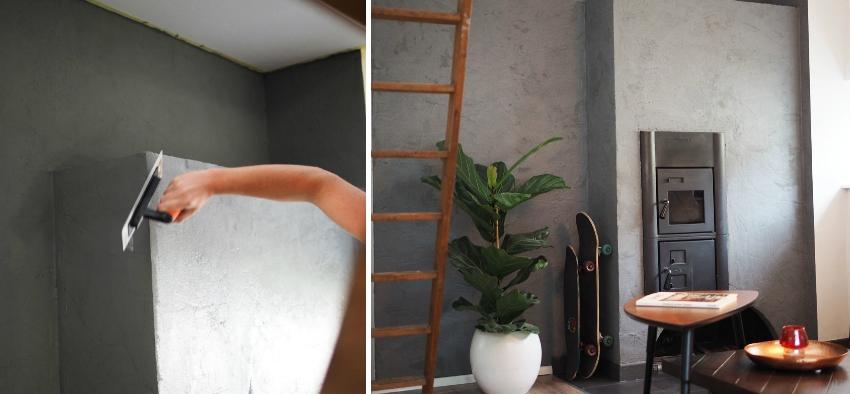
Via textured plaster you can quickly and effectively transform the interior in the apartment
Characteristics of Ceresit "bark beetle" plaster
The most popular brand that produces quality finishing materials is the Ceresit company. It produces all kinds of bark beetle plasters with different grain sizes.
Mixture ST-35 is a pigmented, mineral-based plaster. The granule size can be 2.0; 2.5 and 3.5 mm. Depending on this, the material consumption will be respectively 2.8; 3.5 and 4.9 kg / m². This composition is resistant to weathering, shock loads, has increased frost resistance, moisture resistance and vapor permeability. It involves painting the finished surface using acrylic, silicone or silicate paints. The price of Ceresit bark beetle plaster on a mineral basis is 550-750 rubles.
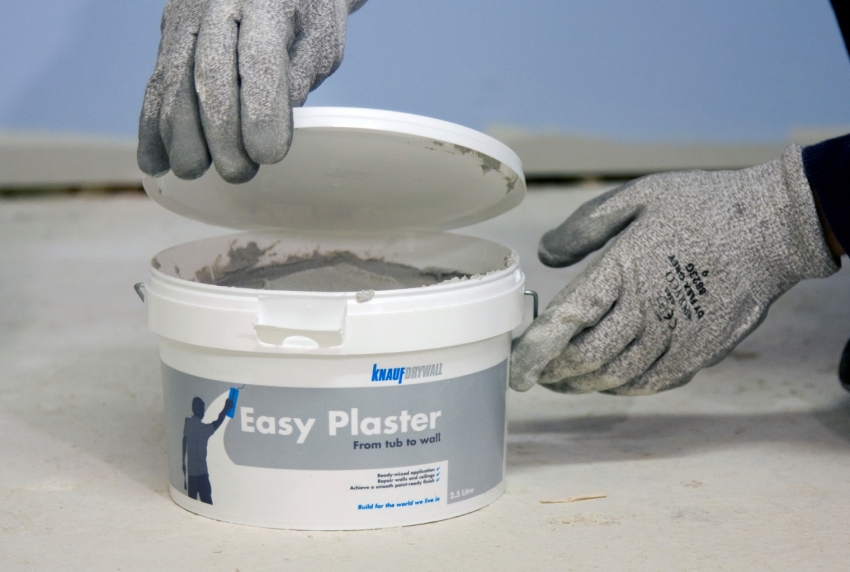
Decorative plaster is sold in different packaging, which allows you not to overpay, you need to finish small surfaces
The material is ideal for cladding the facade of the house. Photos of private houses, the plaster of which was carried out with the mineral composition "bark beetle" proves that with the help of inexpensive finishing material, you can create a durable and beautiful coating of the building.
A good solution is also the use of mineral plaster "bark beetle" for interior work. This material can be used for cladding walls of a balcony or loggia, which will create an additional layer of insulation.
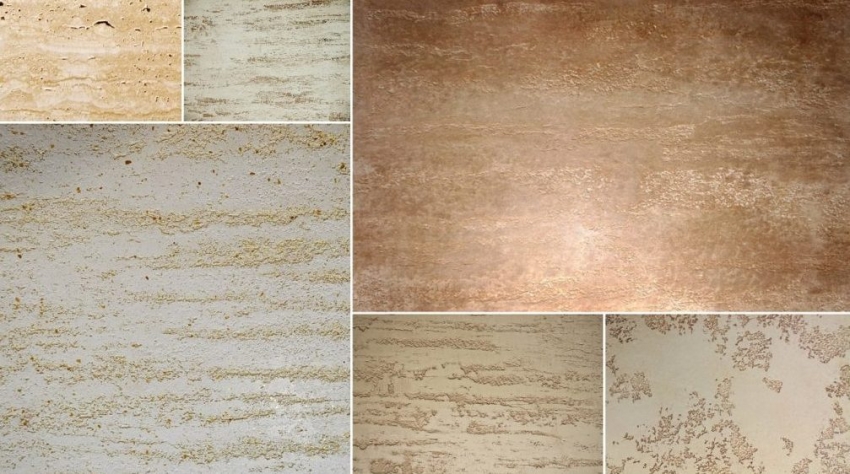
Due to the wide variety of colors and grain size of decorative plaster, you can choose the most suitable coating for your interior
Useful advice! Do not use CT 35 plaster for cladding plasterboard, gypsum and chipboard surfaces.
Acrylic plasters ST-63 and ST-64 with a grain size of 3 mm and 2 mm, respectively, are elastic materials that are resistant to mechanical damage and moisture. This material can be used for both plastering the exterior walls of the house and interior surfaces from any material, including chipboard, gypsum and drywall. However, it should be noted that due to its technical characteristics, the plaster cannot be used for cladding the basement of the building. Consumption of bark beetle ST-63 plaster is 4.5 kg, and ST-64 - 3 kg per m².
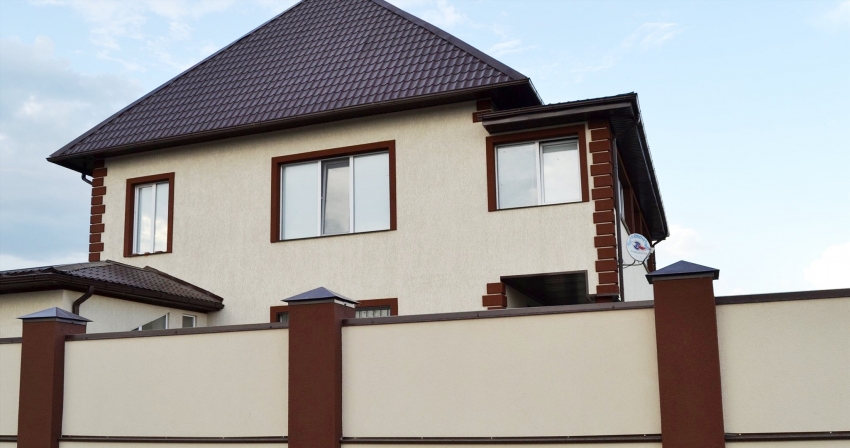
To cover the outer walls of the building, special compositions of plaster "bark beetle" are used, which have increased resistance to weathering and mechanical stress
Silicate mixtures ST-73 and ST-75 are elastic, easy-to-use, resistant to mechanical and atmospheric influences, vapor-permeable compounds that are applied to concrete, brick and plaster surfaces. Plastering the walls with the "bark beetle" ST-75 will create not only an aesthetic surface, but also give it thermal insulation properties. This material can also be applied to foam. Consumption per 1 m2 of plaster "bark beetle" is 3 kg for mixtures with granules of 2 mm, and 4.5 for facing material with a grain of 3 mm.
ST-175 plaster is represented by a silicate-silicone mixture, which combines all the advantages of silicone and silicate plasters. It is resistant to atmospheric precipitation, has a high rate of moisture resistance, resistance to UV radiation, and is also resistant to pollution and damage by mold and fungus. Consumption of decorative plaster "bark beetle" for 1 m2 is 3 kg.
Where can textured bark beetle plaster be used?
Today, for cladding the facades of private houses, public (hospitals, educational institutions), commercial (clubs, restaurants, bars), industrial, administrative buildings, staircases and interiors of apartments, textured plaster "bark beetle" is widely used. With your own hands, the video clearly displays the sequence of actions, you can easily apply this mixture to the surface, getting a unique picture that completely depends on the artist's imagination.
In the apartment, plaster "bark beetle", the photo clearly shows this, is used for facing hallways, corridors, eating areas in the kitchen, as a decorative design for arches, columns, partitions and even for finishing the ceiling.
Note! For finishing the apartment, you can use plaster walls without beacons if the surface is pre-leveled and putty.
This material can be applied to any substrate that has good adhesion and does not sag over time. This applies to plasterboard, brick, concrete, cement and chipboard surfaces.
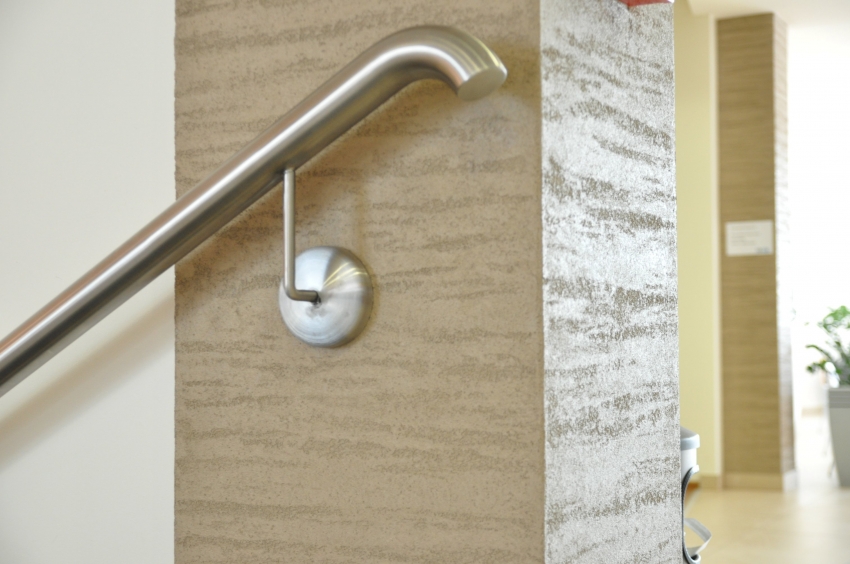
Thanks to the addition of mother-of-pearl to the "bark beetle" composition, you can achieve the effect of surface glow
The material can be applied to a thermal insulation system specially prepared for the "bark beetle". For the facade of the house, it can be a mesh for the thermal insulation system, reinforcing mesh, primer ST-16 ("Ceresit"). For interior decoration, plaster, putty, and ST-17 ("Ceresit") primer are used.
Textured plaster of walls, the photos clearly show the process of application, is a topcoat, which is applied in a thin layer slightly exceeding the diameter of the granules. Therefore, before applying textured plaster, the base should be well cleaned, all cracks and depressions should be repaired, leveled and primed.
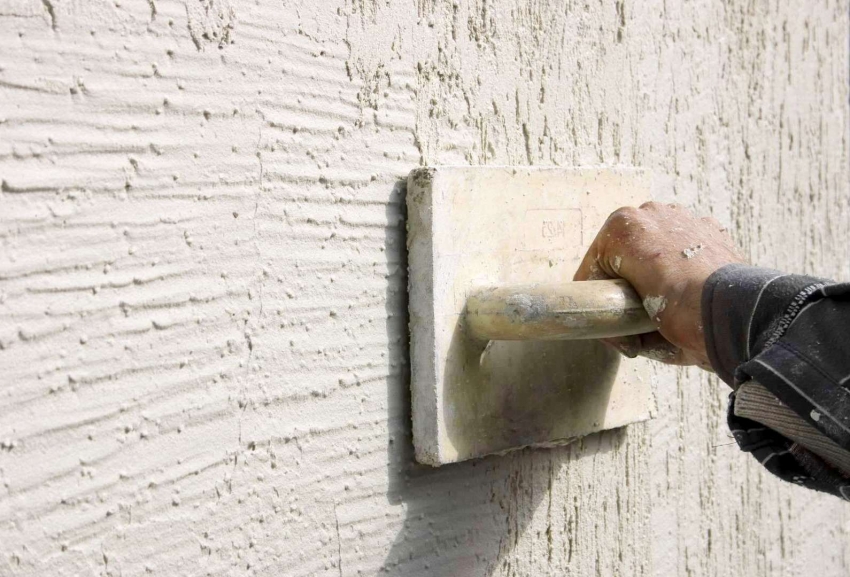
Depending on the direction of movement of the trowel, you can get different textures on the surface of the plaster
Useful advice! Do not use bark beetle plaster to fill dents on the wall surface. She can hide only minor flaws. A thick layer of material will look rough and unpresentable.
Very often for the decoration of a unique interior, textured plaster for walls, photos on the Internet clearly confirm this, combined with other materials, which allows you to embody the most unusual design solutions.
Facade decoration with bark beetle plaster. Photos of private houses
For cladding the facade of a house with decorative plaster, photos of country mansions confirm the demand for the material, usually acrylic or mineral mixture is used.
Using this material, you can create a unique pattern on the facing surface, which will successfully emphasize the chosen style of home decoration. Plaster "bark beetle", photos of interesting combinations and shades clearly confirm this, can be painted in any color, which creates additional variations for the embodiment of the design idea.
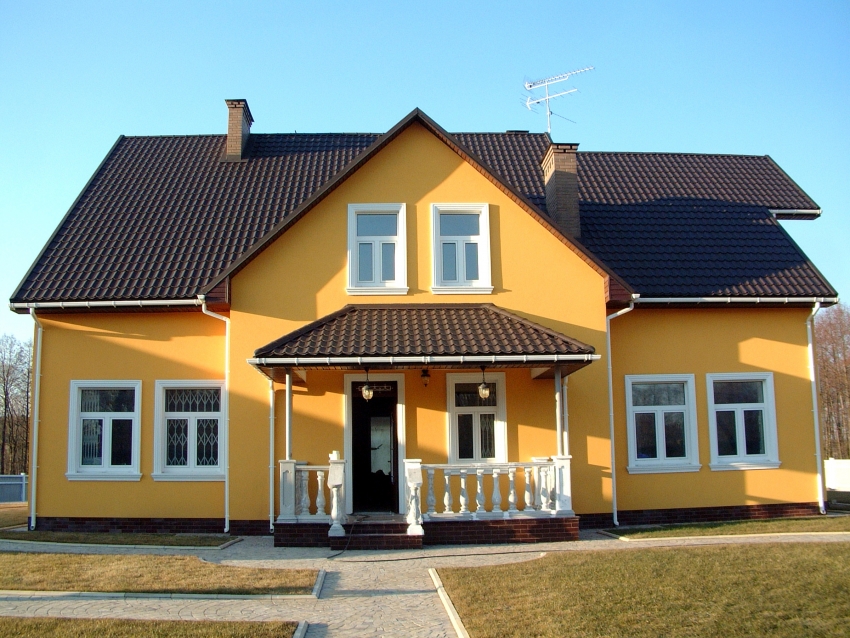
Textured plaster "bark beetle" is one of the most popular ways building facade finishing
With the help of plaster "bark beetle", photos of the facades of houses using the material presented in this article clearly show that you can create a presentable and perfect look of a building in any style. Very often, this material is used for finishing the external surfaces of buildings, the design of which is made in the Japanese direction, Art Nouveau and Provence styles.
Today, the combined decoration of the facade of the house with stone and plaster is very popular. Photos of private houses made in this direction, I emphasize the harmony, originality and uniqueness of bold design solutions.
With the help of decorative plaster to the facade of the house, a photo of two-story houses is a clear confirmation of this, you can give an aged look, which will undoubtedly make it stand out among other buildings.
Plaster "bark beetle", photos of houses and interiors with its use demonstrate the popularity of the material, it is a natural, versatile, strong and durable facing material. It is able to create reliable protection of the base from mechanical and natural influences, and also makes it possible to embody any design idea.
